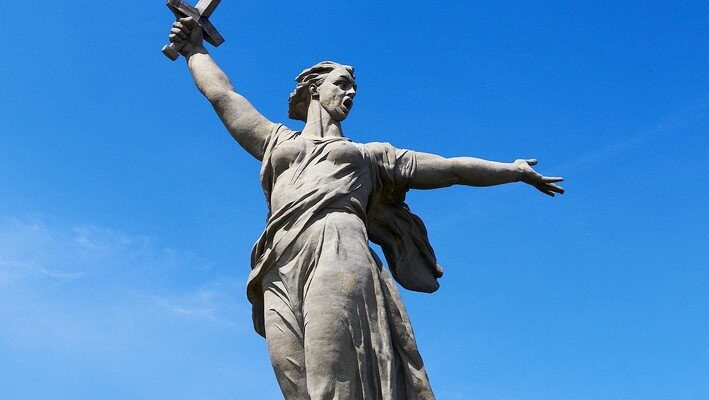Statue “Motherland Calls”
“Motherland Calls” is the name of the main sculpture of the memorial complex built on Mamaev Kurgan in the heroic city of Volgograd. The hill on which the figure of a woman with a sword stands rises 14 meters, and the statue itself is 85 meters high. It dominates over the surrounding terrain and can be seen from a distance of tens of kilometers. The Motherland Motherland sculpture is one of the most visited objects in Volgograd. Every year hundreds of thousands of people come here to honor the memory of soldiers and civilians who died during the Great Patriotic War. Flowers to the monument are carried by Volgograd residents themselves, tourists who came from different parts of Russia, and foreign travelers.
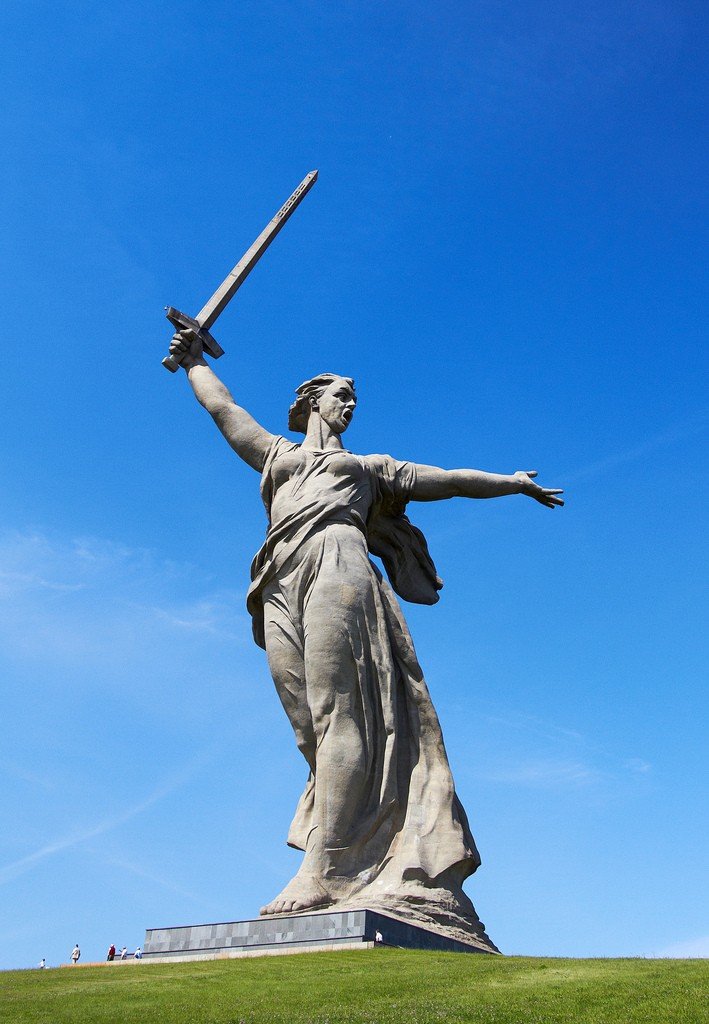
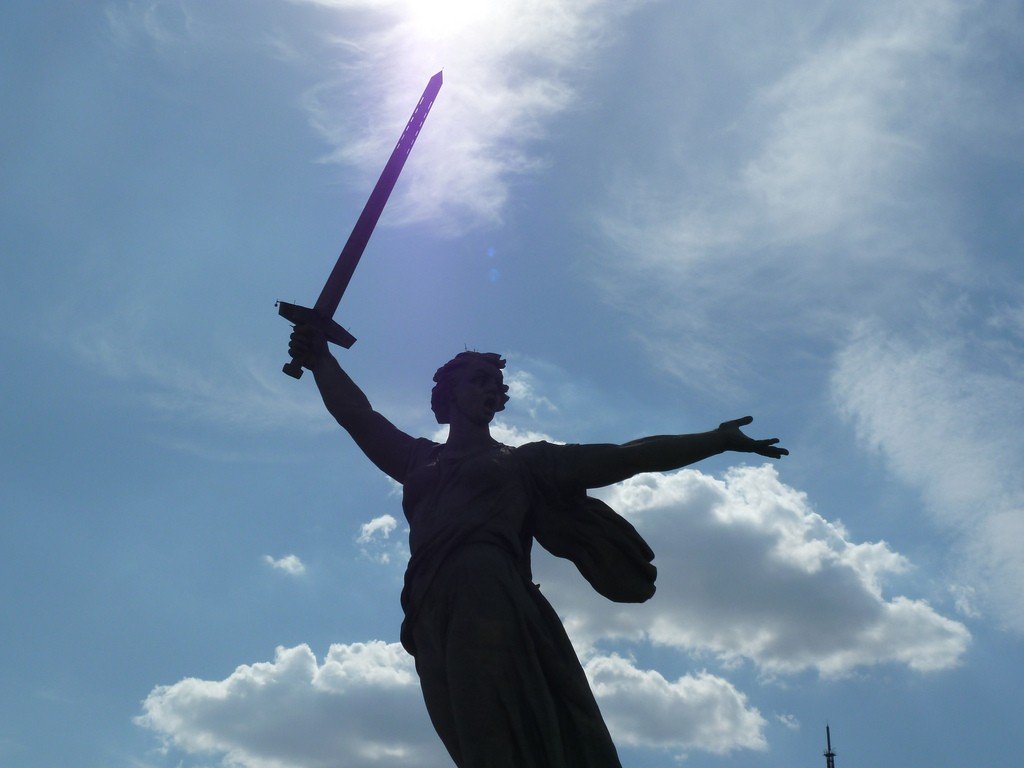
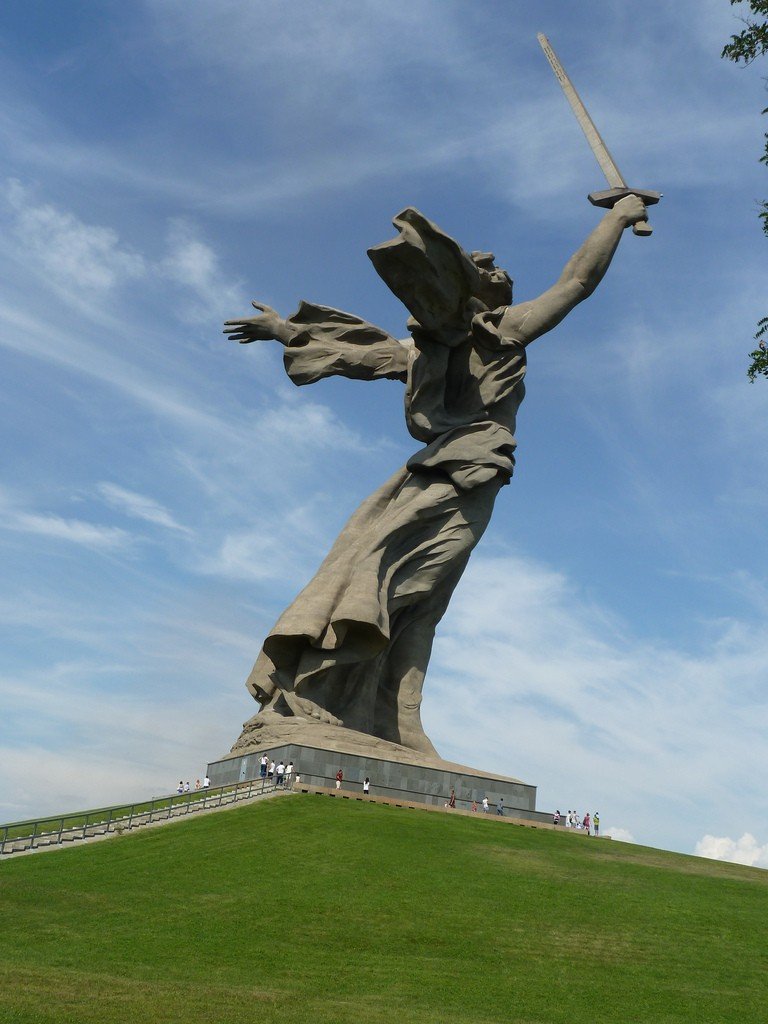
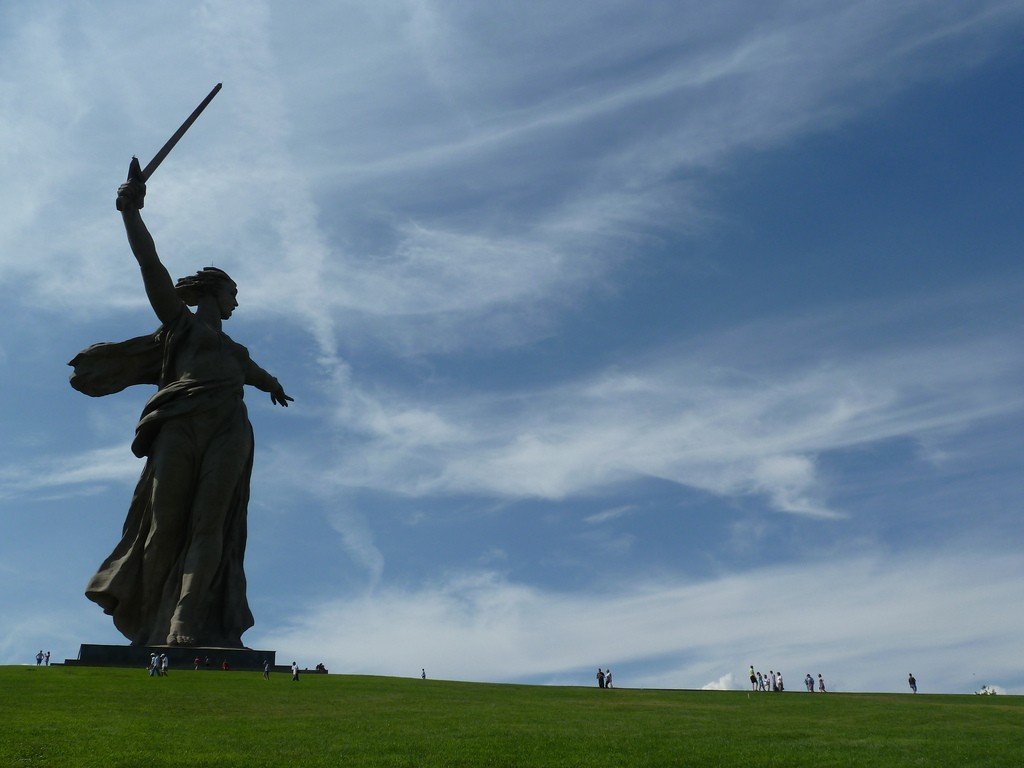
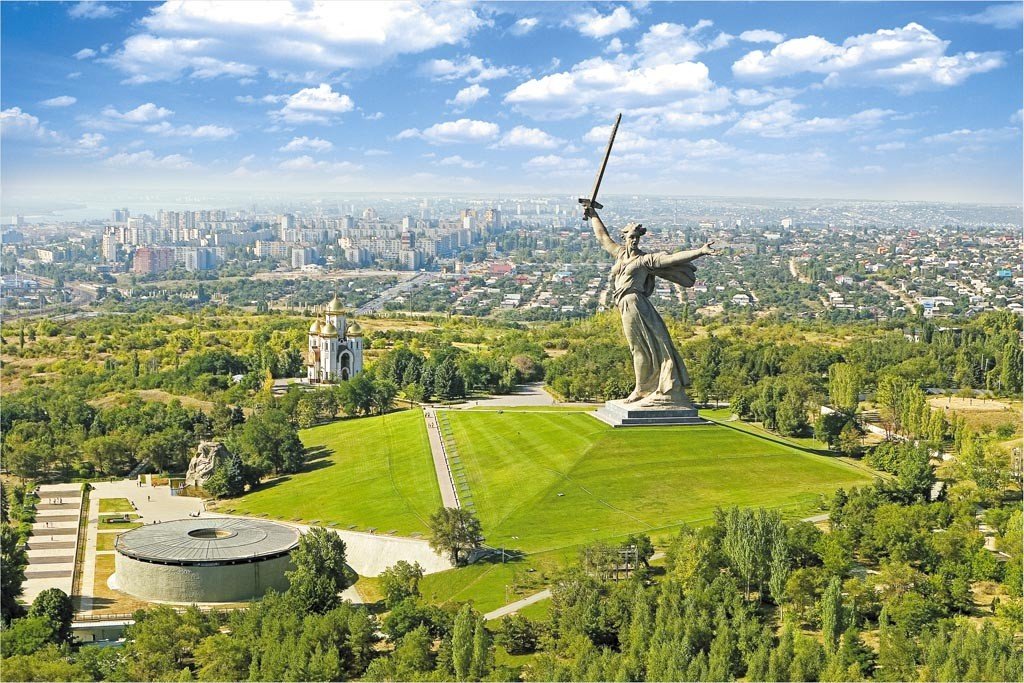
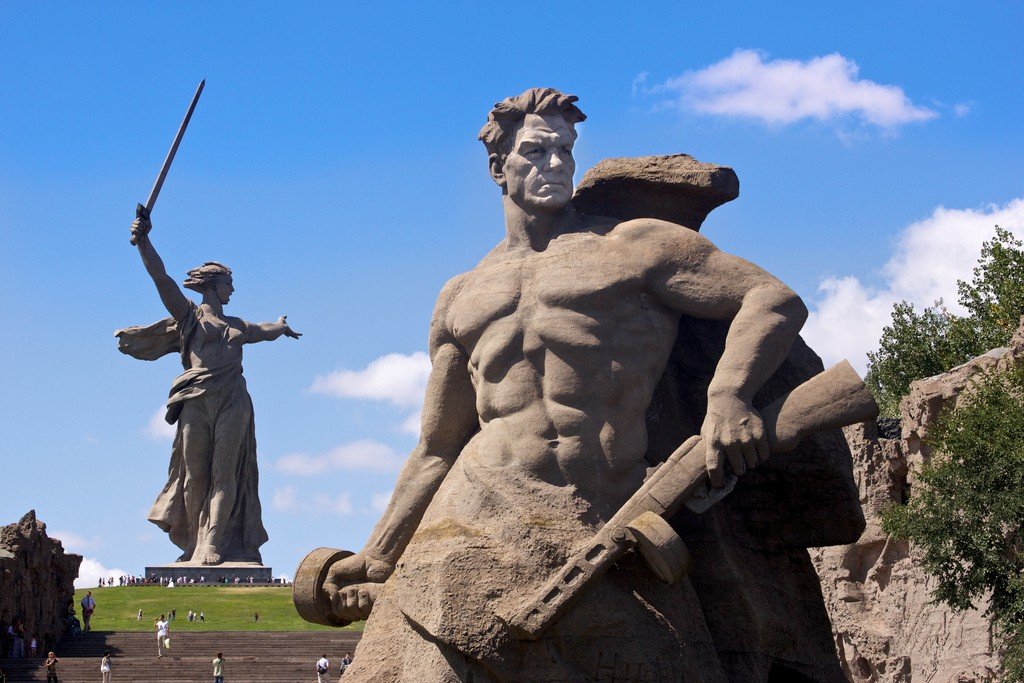
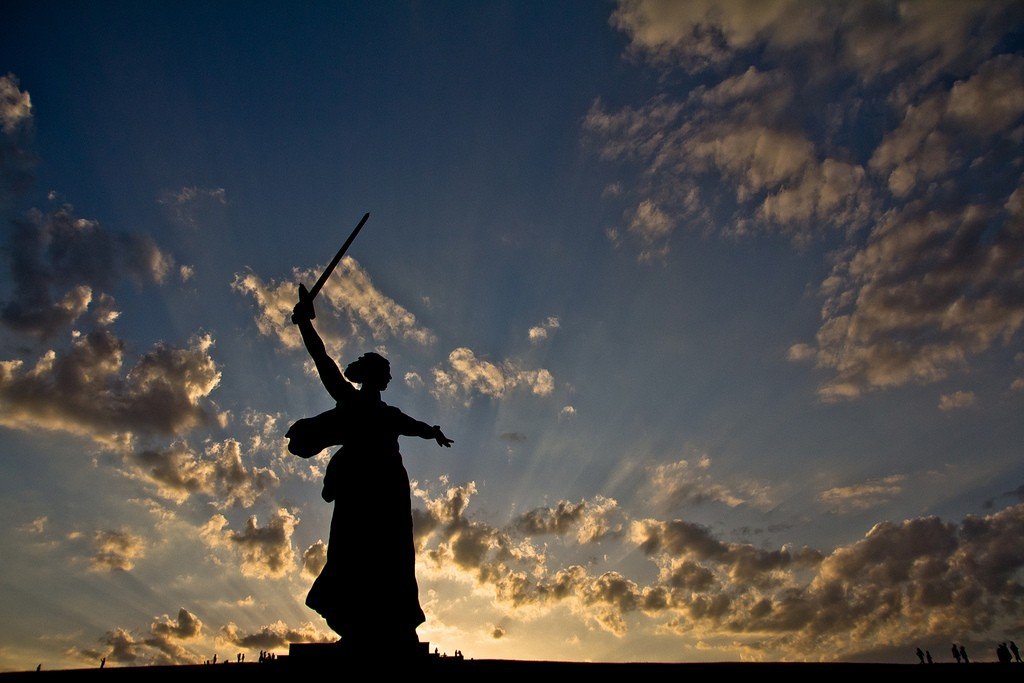
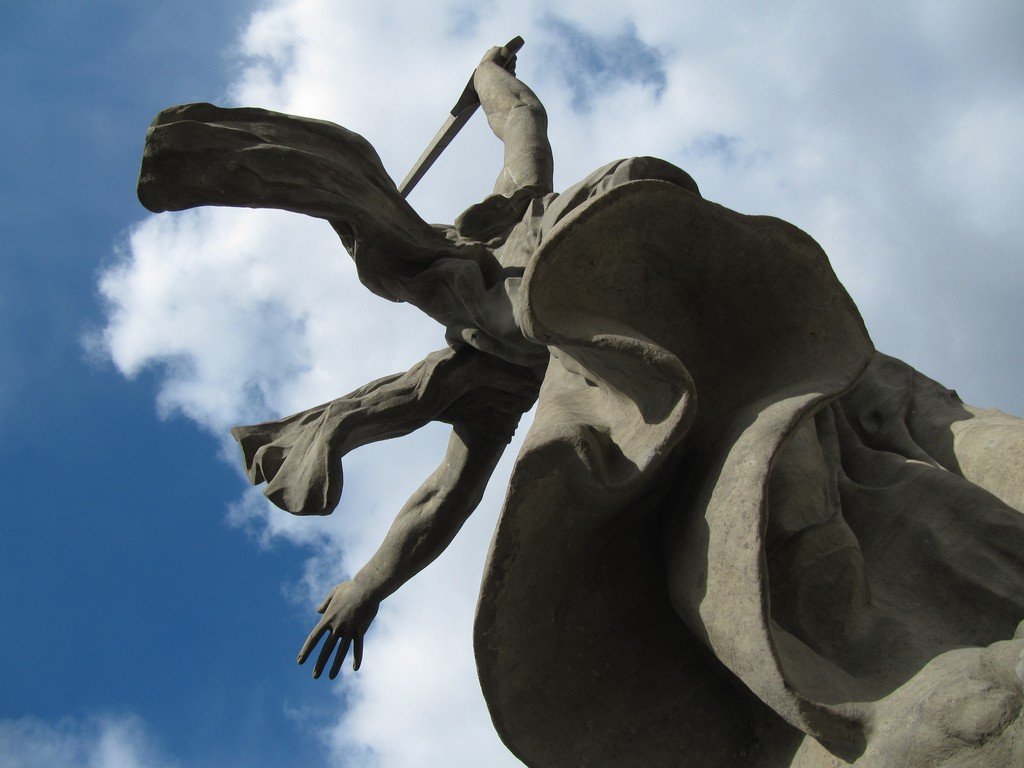
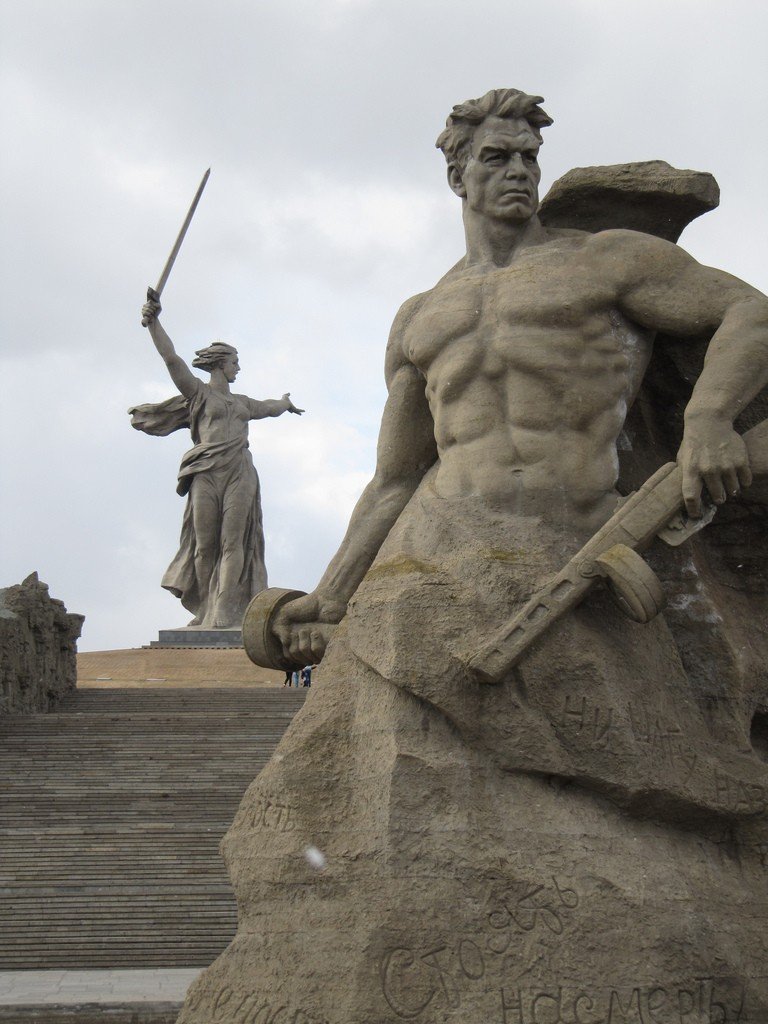
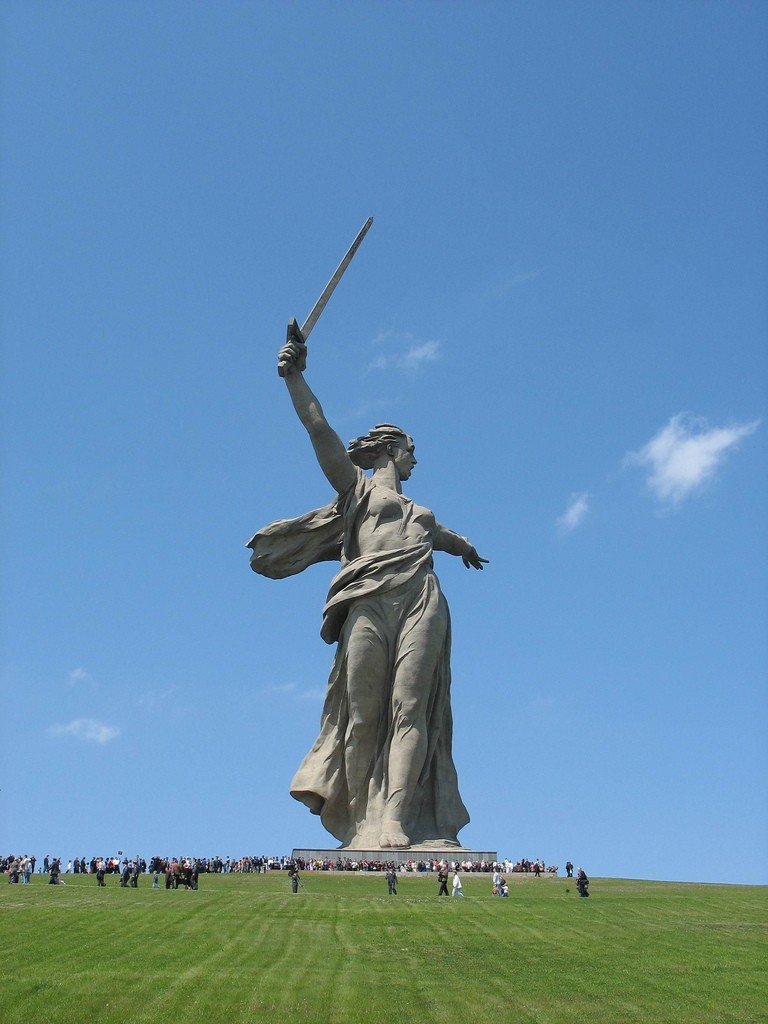
Video: Mamaev Kurgan and the sculpture “Motherland Calls”
Contents- Highlights
- Author’s idea of the monument
- History of the construction of the monument “Motherland Calls”
- Elimination of construction defects
- Technical characteristics of the monument
- Interesting facts about the monument “Mother Motherland Calls”
- How to get there
Highlights
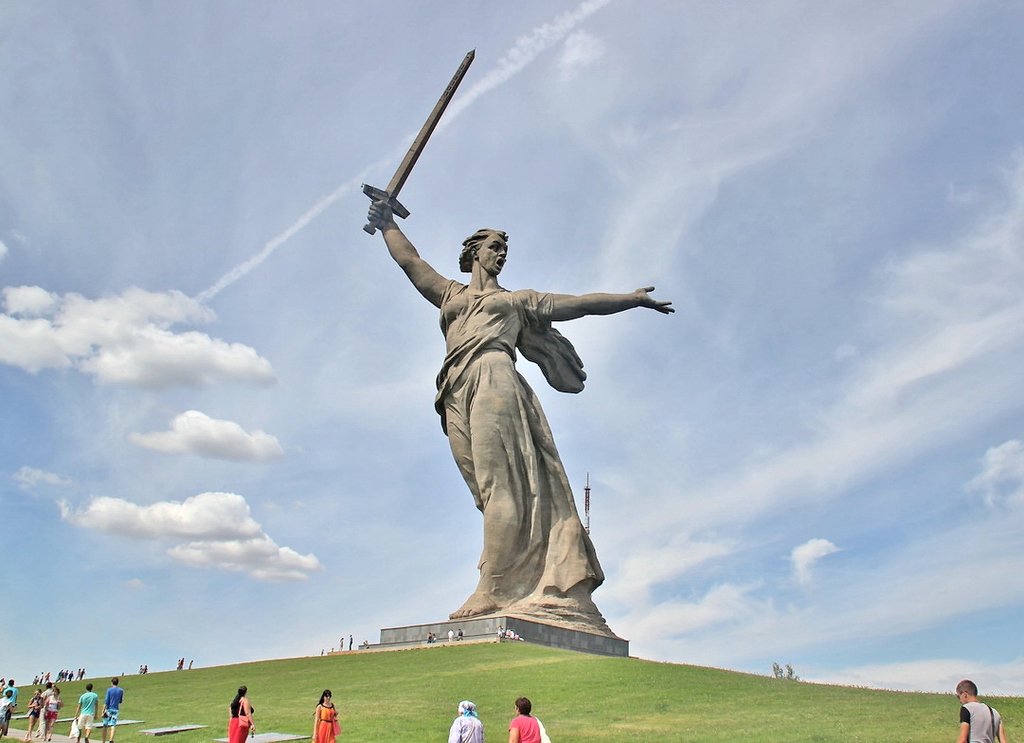
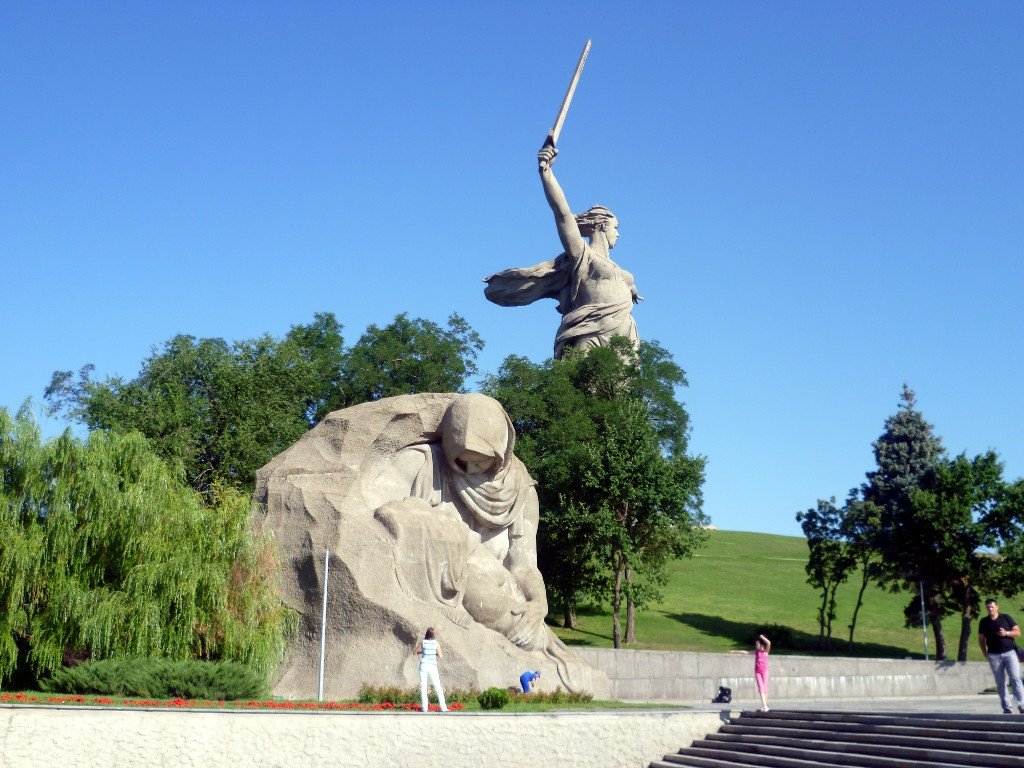
Author’s idea of the monument
The initiator of the creation of the majestic monument was the famous Soviet sculptor-monumentalist Evgeny Viktorovich Vutechich. He took part in the Great Patriotic War, was concussed in the battles and fully understood the severity of the trials suffered by the people.
.
E. В. Vutechich is considered one of the founders of the monumental style, which was later called “Stalinist classicism”. The works created by him are characterized by gigantism, the use of Art Nouveau traditions and pathos of the subjects.
.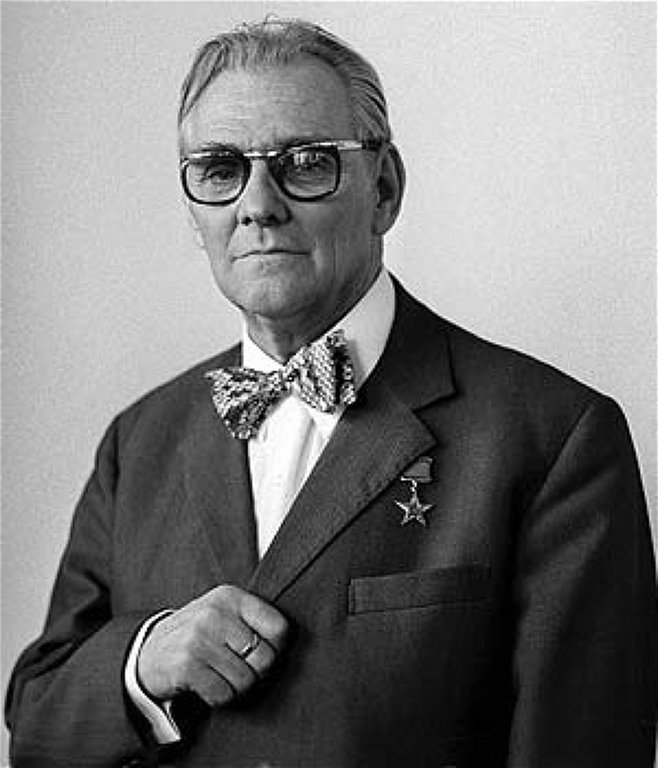
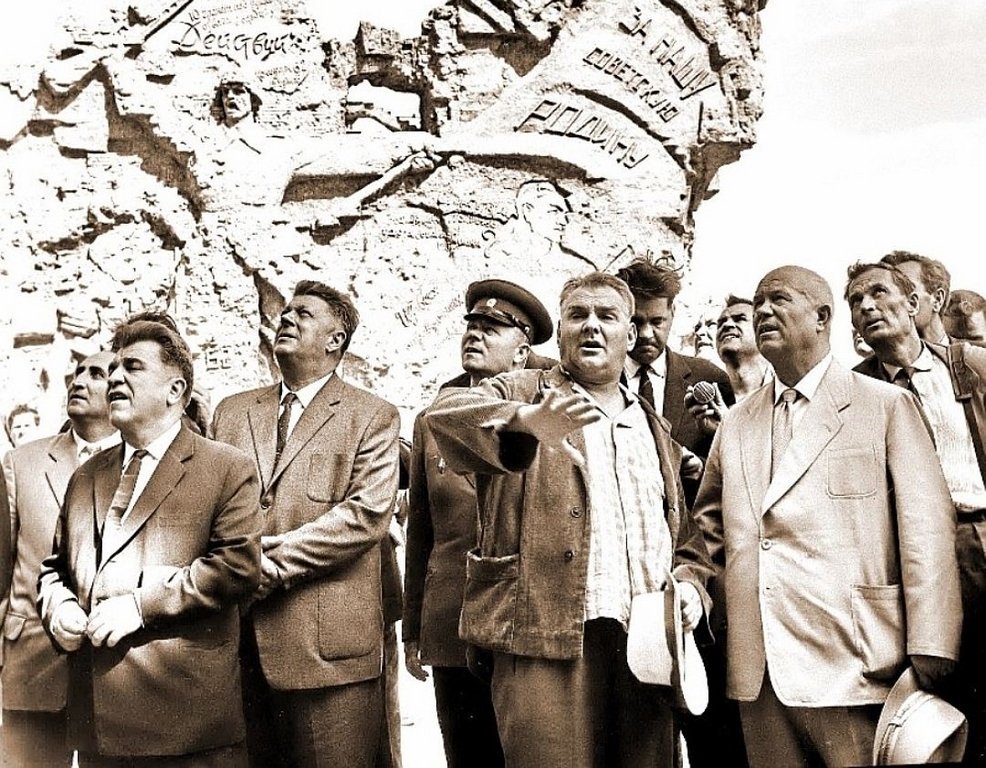
History of the construction of the monument “Motherland Calls”
The memorial ensemble on the Mamaev Kurgan began to be erected in 1959, when Volgograd itself was not yet fully restored from the ruins. In those years, unexploded shells and mines were found during excavation works, and that’s why sappers were constantly on duty near the working excavator.
.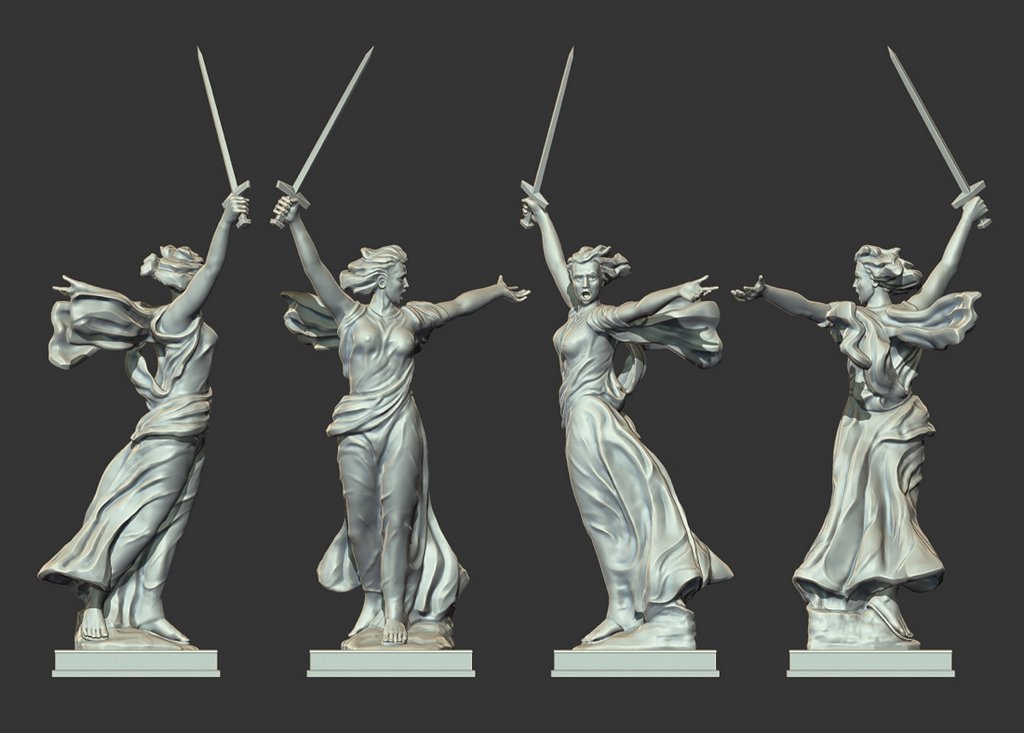
However, all of these ideas were later abandoned by sculptor Vutechic later. He did not build a staircase to the monument, but limited himself to a pedestrian path, which, like a ribbon, girdled the foot of the monument. In addition, during the production process it was decided to increase the size of the main sculpture of the war memorial from 32 to 56 meters, and then – and then – to 85 meters.
.
During the construction work, the organizers had to solve a variety of problems. Layers of concrete had to be firmly bonded together. This required a continuous supply of concrete to the construction site. The concrete trucks were equipped with colored ribbons so that they would not be delayed on their way. Drivers were allowed to pass through red traffic lights, and traffic police officers were instructed not to slow down such cars..
In May 1965, specialists from the State Construction Committee inspecting the construction gave recommendations to significantly strengthen the reinforced concrete structure. The concerns of engineers and technologists were caused by the state of the soil on which the monument “Motherland Calls” was erected. It was a waterlogged thickness of Maikop clays, and they were gradually “sliding” to the Volga bank. To prevent the catastrophe from happening, the builders made additional concreting at the base of the monument.
.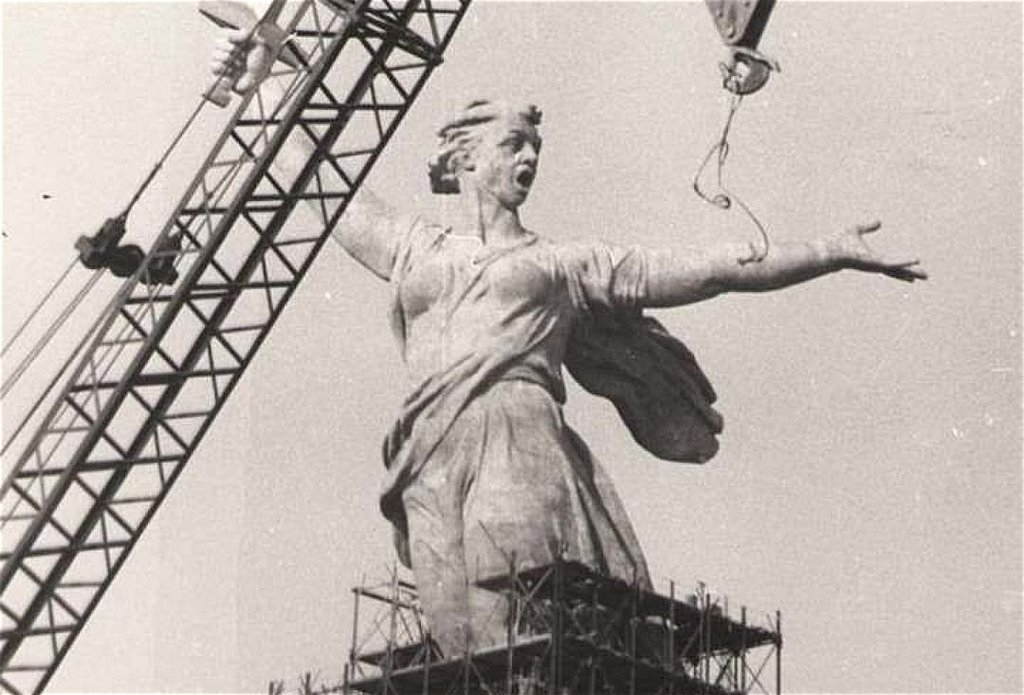
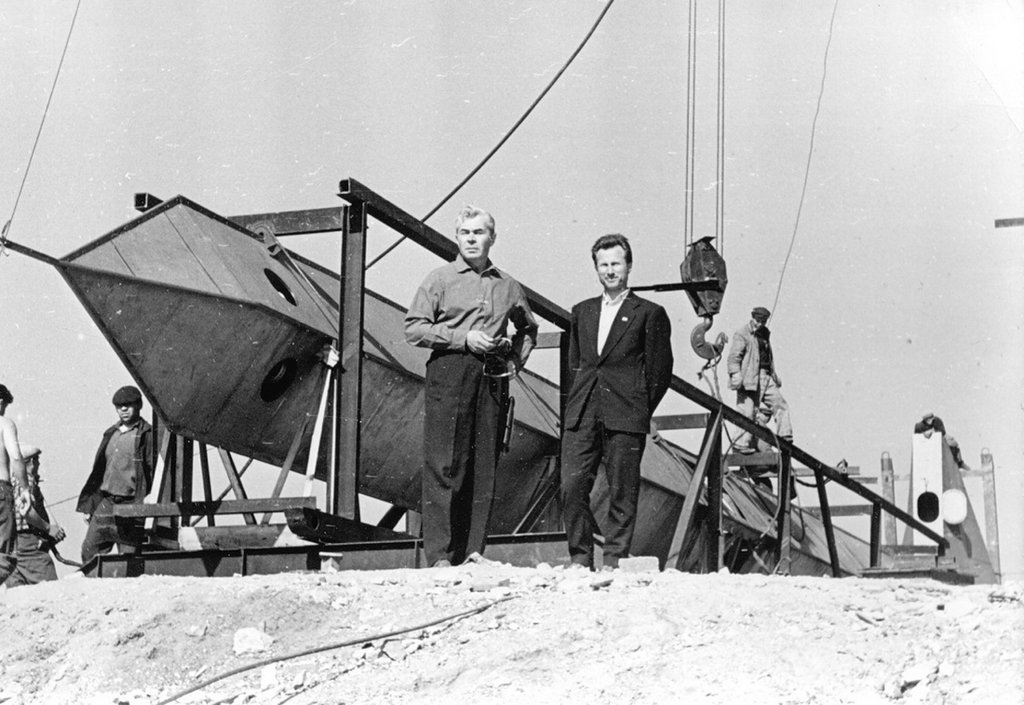
Construction continued for several years, mostly during the warm season. In October 1967, all work was completed and the monument was unveiled.
.
The sculpture “Motherland Calls” is part of a triptych that also includes monuments in Magnitogorsk and Berlin. The Ural monument “Back to Front” symbolizes the Sword of Victory, which workers forged for the soldiers who liberated the country from invaders. The sculpture “Motherland Calls” raises this sword to fight the enemy. And the “Liberator Warrior” in Berlin holds the sword lowered as the war is finally over.
.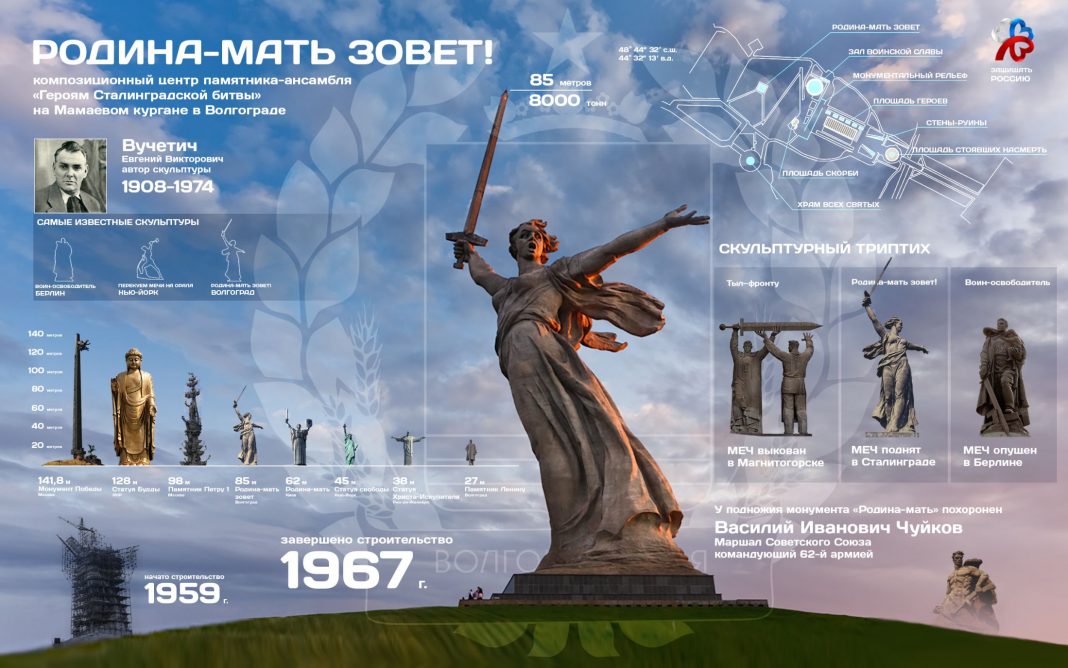
Fixing design flaws
The first problems with the monument “Motherland Calls” were revealed the very next year after its opening. The “weak point” of the monument turned out to be the sword that the Motherland Mother held in her hand. Initially, it was made of durable stainless steel sheets and sheathed in titanium. However, this solution turned out to be technically wrong. The sword’s large size and weight caused it to float excessively. In the place where the sword was attached to the hand, there was excessive tension. Swinging it slightly deformed it, and the titanium sheets made an unpleasant rattling sound in the wind.
.
Given these problems, the old sword was replaced in 1972 with another sword made entirely of steel. In addition, special holes were made in the top of the sword to rid it of excessive sail. The sword was constructed from metal melted at the Volgograd metallurgical plant “Red October”.
.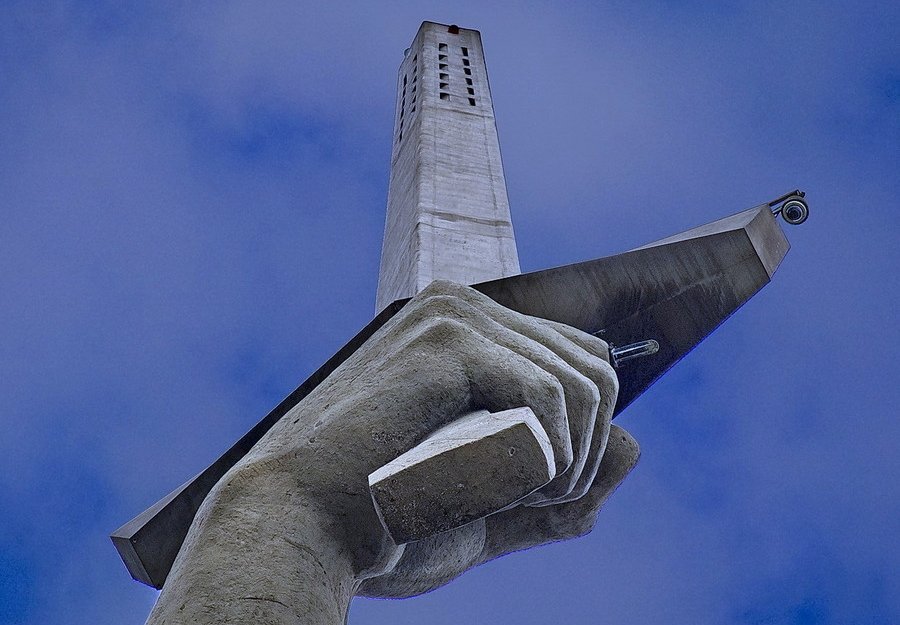
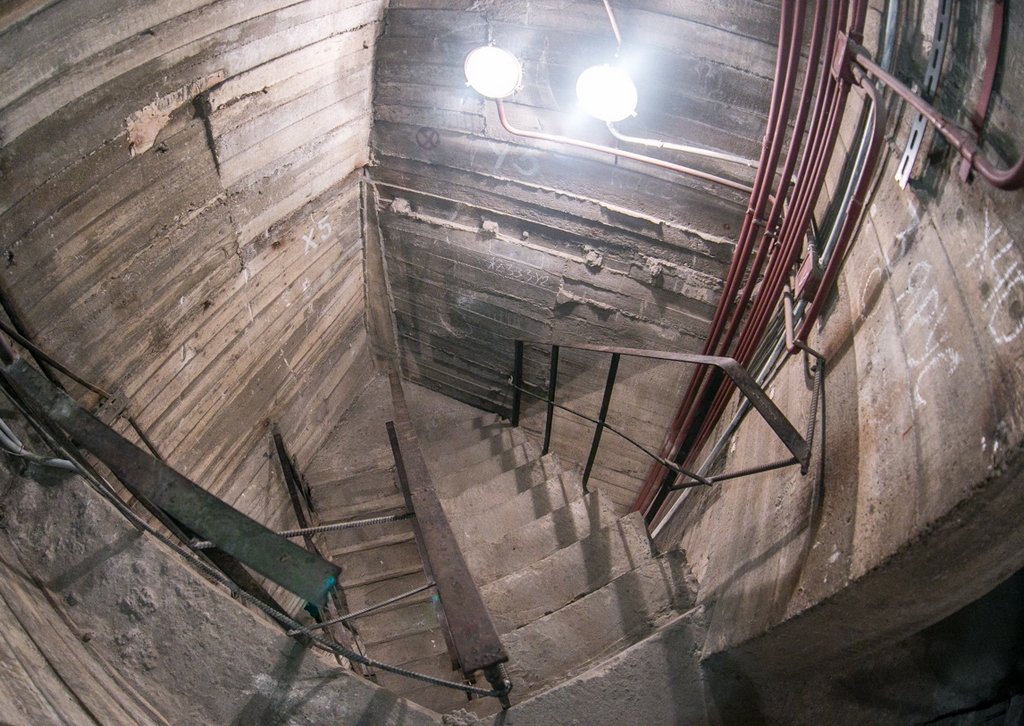
In 1986, the entire monument “Motherland Calls” was examined by experts. On their recommendation, the reinforced concrete structure was further strengthened. In 2013, an architect from Moscow, Vladimir Tserkovnikov, made an appeal to the Ministry of Culture and stated that the foundation of the famous sculpture was initially calculated incorrectly, and therefore the monument is in danger of collapse. It is not fastened to the foundation in any way and is held up only by its own weight.
.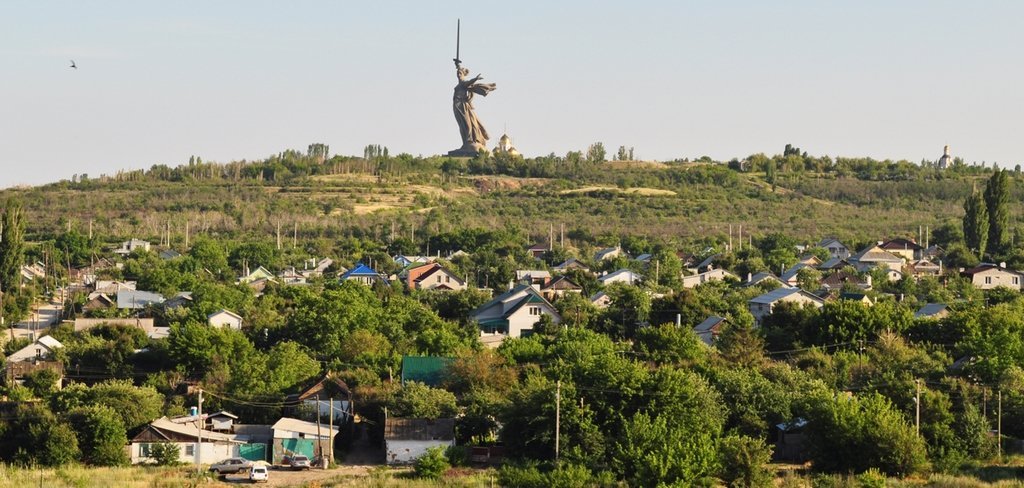
Technical characteristics of the monument
The concrete sculpture “Motherland Calls” stands on a two-meter pedestal. The entire structure is supported by a solid foundation, deepened into the ground for 16 meters. The earth hill, on which the whole memorial rises, was formed artificially. In order for the foundation to be able to withstand the huge weight of the concrete structure, about 150 tons of earth were poured here.
.Inside, the statue is hollow. The walls made of reinforced concrete are 25 to 30 centimeters thick. The concrete shell is supported by a metal frame weighing 2.4 thousand tons and 99 strong cables that prevent the frame from sagging under the pressure of 5.5 thousand tons of concrete. The metal cables are under constant tension and their tension is detected by special sensors.
.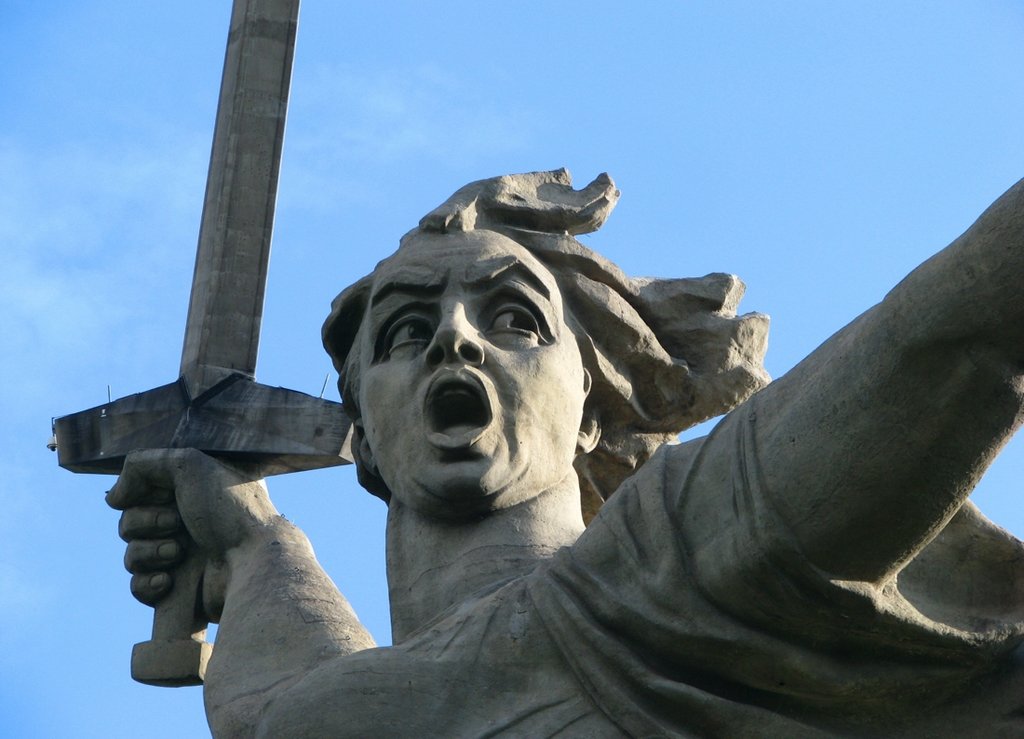
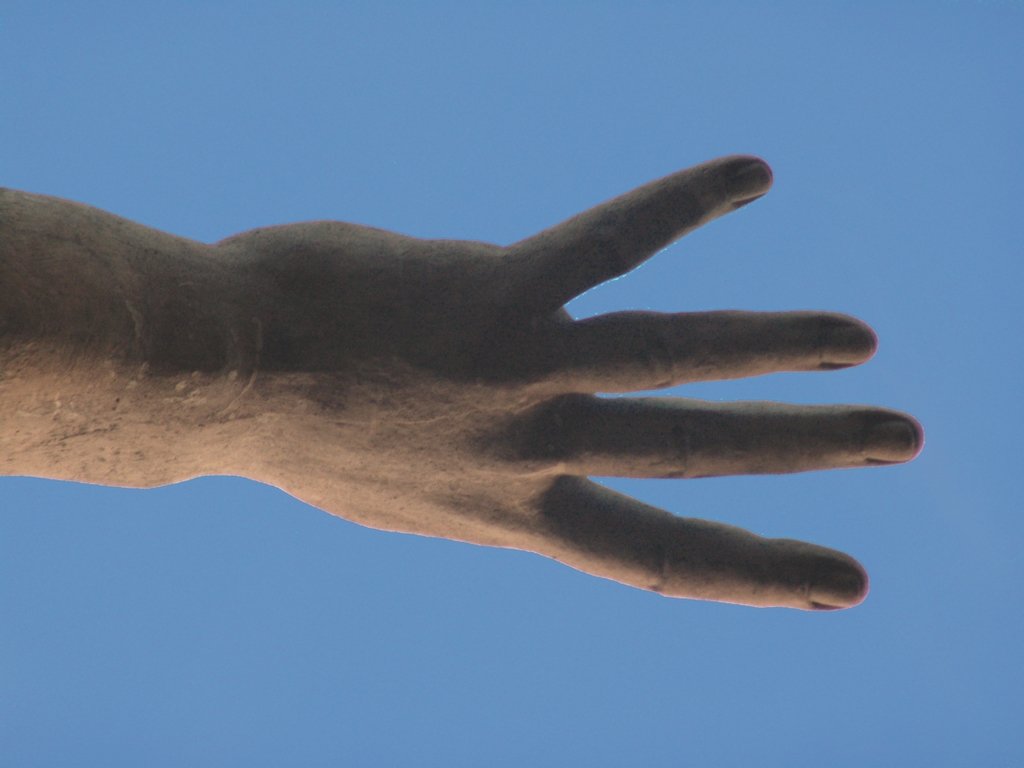
The height of the figure of the woman excluding the sword is 52 meters. The total weight of the monument exceeds 8 thousand tons. The steel sword is 33 meters long and weighs 14 tons. Holding his hand, stretched upwards for 20 meters. Thus, the height of the entire monument is 85 meters.
.Since 1966, the monument “Motherland Calls” slightly deviates from the main axis, but the indicators of these deviations do not exceed the calculated norms. So, for example, from 2000 to 2008, the horizontal displacement of the top of the monument amounted to only 16 mm.
.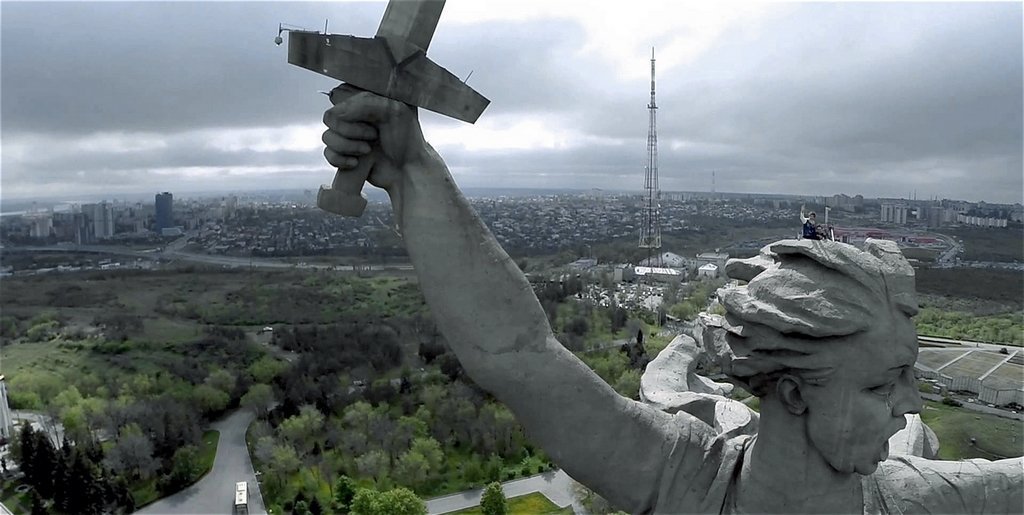
Interesting facts about the monument “Motherland Calls”
- At the time of completion of construction, the Volgograd monument was higher than all the statues of the world. Today, it ranks 9th among the tallest monuments on the planet.
- Compared to the average human height, the Motherland Motherland sculpture is 30 times larger. The famous monument is depicted on the flag and coat of arms of the Volgograd region.
- There are many legends around the monument. One of them tells about a worker who disappeared inside the monument. It happened when he was mounting a steel structure. The missing man has never been found.
- Recently, 200 meters from the monument built the Orthodox Church of All Saints. It appeared exactly in the place where the monument itself was originally supposed to stand.
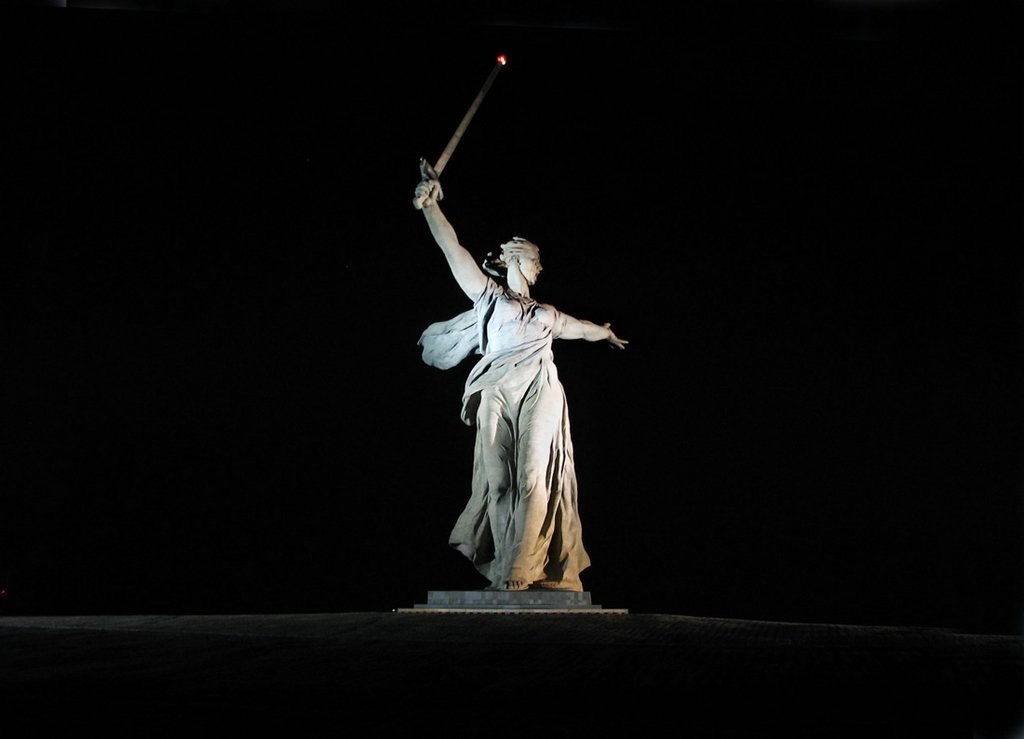
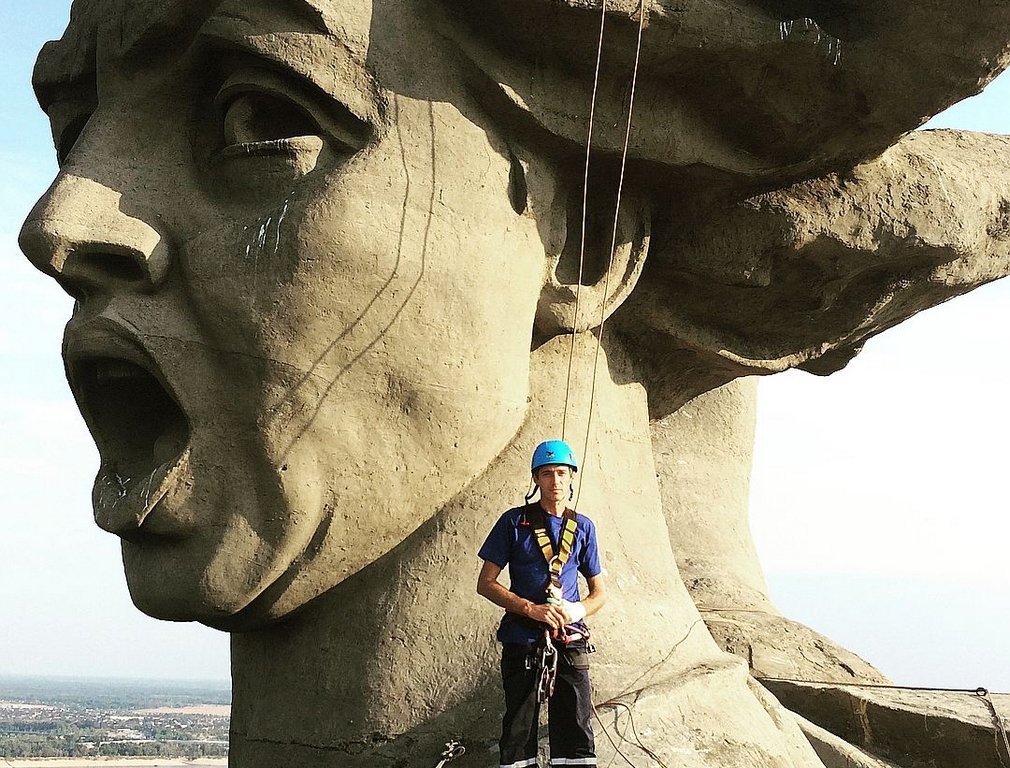
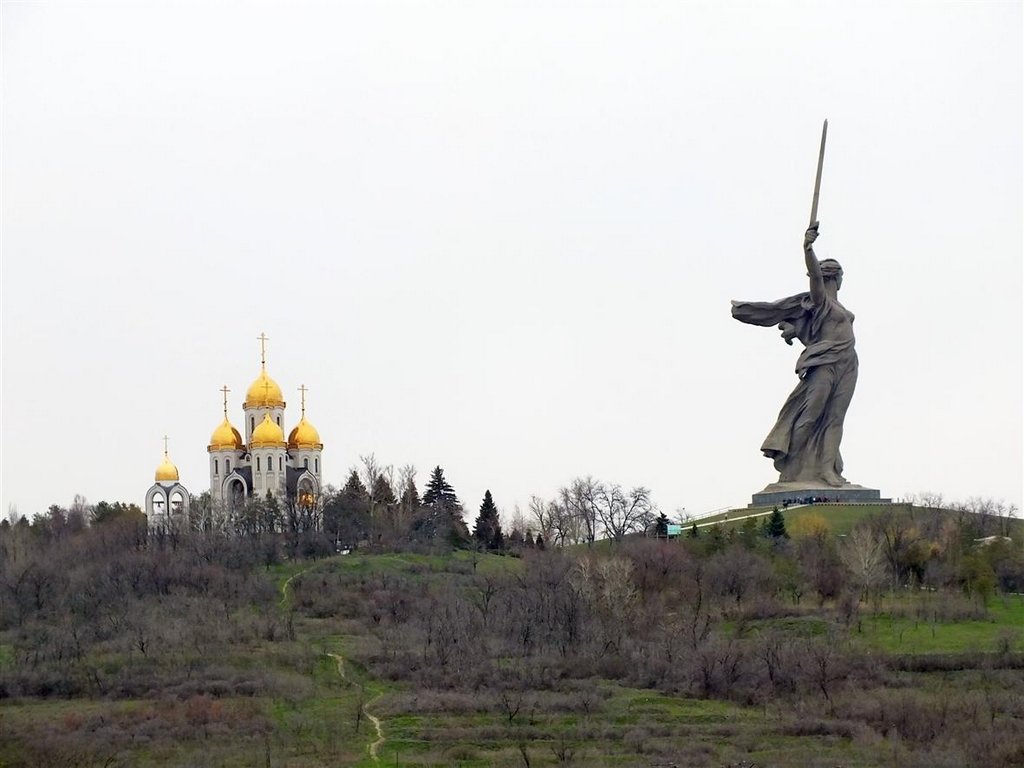
How to get there
To the foot of Mamaev Kurgan, where the monument “Motherland Calls” is installed, you can get there by buses, trolleybuses and shuttle buses. City electric trains and metro streetcar – Volgograd’s high-speed streetcar – also make stops here. Entrance to the territory of the memorial is free of charge.
.